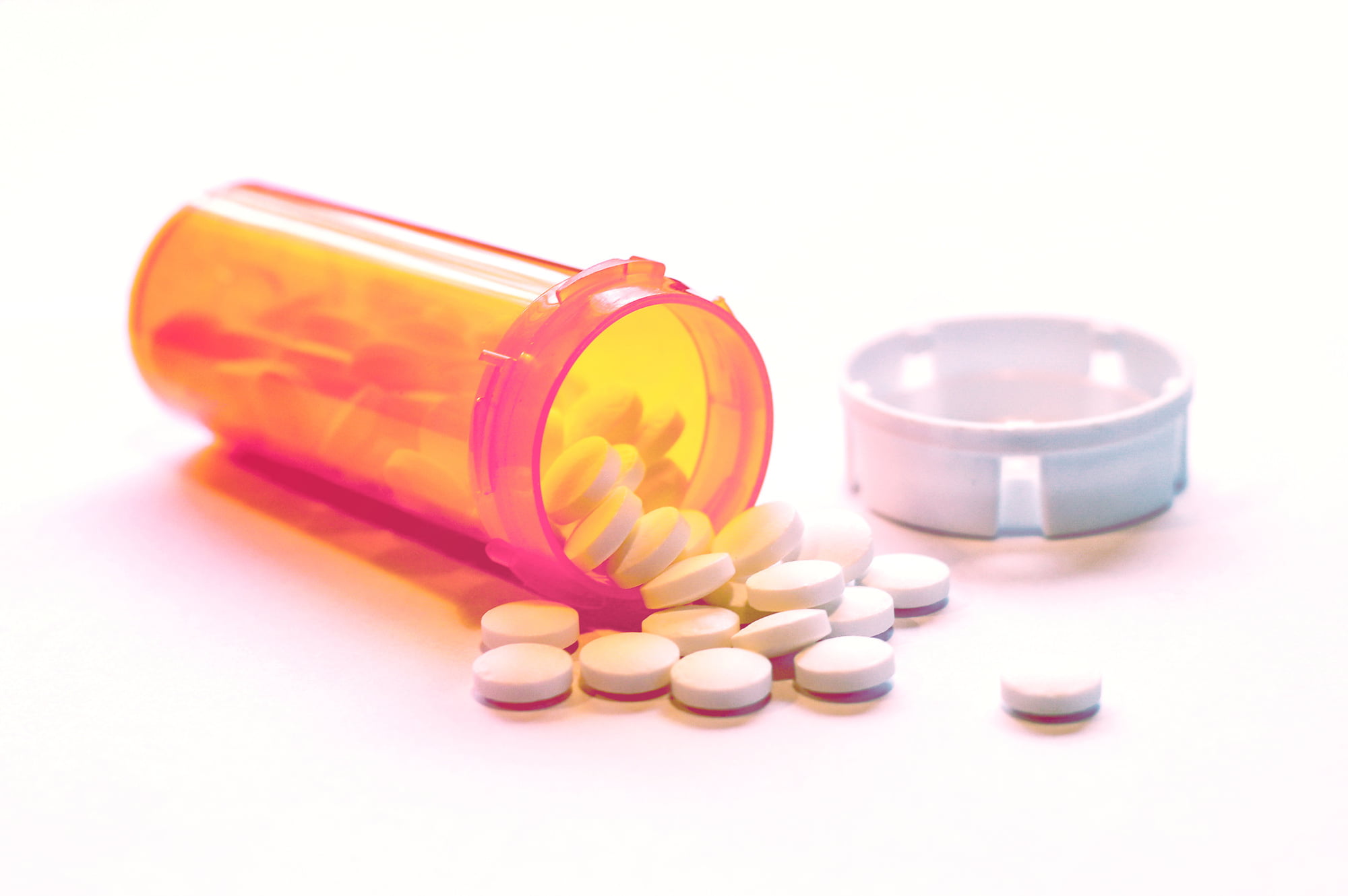The Effects of Methadone on the Body
In the US, the government is always battling with opioid overdose crisis. So, how many die from opioids each year? According to NIDA, about 130 people die every day due to this problem.
That’s serious, right?
The misuse of opioids affects the public health and economic welfare of the country. One of the opiates that people commonly misuse is methadone. This drug is available in different brands, including Methadose, Diskets, and Dolophine.
It’s used in the treatment of moderate to severe pain. Doctors can also prescribe it to treat narcotic addiction.
Sadly, some patients misuse their methadone prescription for a variety of reasons. This affects them and their health in different ways. For that reason. This post is going to cover the possible effects of methadone.
What’s Methadone?
German doctors created this medication during World War II. When it finally arrived in the US, doctors used it to treat patients with severe pain. Today, patients can use it to manage addiction to heroin and narcotic painkillers.
When taken as prescribed by your doctor, use of methadone medication is safe and effective. For patients with addiction, it works effectively if used together with comprehensive medication-assisted treatment (MAT) program, which includes social support and counseling.
How Does it Work?
Doctors say this drug works like morphine, but its effects of methadone on the body are slower. Patients can take it as a tablet, powder or liquid.
It works by changing how the brain and nervous system respond to pain. This makes you feel relief. Methadone blocks the euphoric effects of opiate drugs, such as codeine and heroin. It also lessens the withdrawal symptoms of opiate.
The pain relief from this drug lasts for about eight to 12 hours. Studies have shown that methadone is effective in higher doses, particularly for those patients with heroin addiction.
How Patients Misuse Methadone
Methadone is an effective treatment for suppressing cravings and reducing pain. That’s the factor that makes it risky. This makes it an agonist.
First, it’s has a long-term treatment period, usually a year or more. This makes it easier for patients to become dependent on it. Its highly addictive nature makes patients ignore other treatment options in favor of it.
Some people take it illegally. For example, some HIV patients can inject it into their body.
What Are the Effects of Methadone?
The effects are wide and varied as they depend on the individual’s body.
Those who are taking methadone as a prescription can experience side-effects, especially during the first phase of their methadone treatment.
- Constipation
- Vomiting
- Lightheadedness
- Irregular sweating
- Dry mouth
- Dependency
- Fluctuating weight
- Sleep problems
- Cognitive changes
- Harmful drug interactions
- Fatigue
It is also important to note that these side-effects are less likely if methadone is taken as prescribed – at a therapeutic dose.
Allergic Reactions
Allergic reaction to methadone is rare. However, patients are encouraged to see a doctor if they experience symptoms of allergy such as:
- Rash
- Itching and swelling
- Severe dizziness
- Trouble breathing
If you notice any of these symptoms in your loved one, be sure to get medical attention.
Drug Interactions
You’re likely to experience certain effects of the medicine and possibly even methadone interactions with other drugs. During your medical appointment, your doctor will want to know all the drugs (prescription and non-prescription) and supplements you are currently using.
Interactions can change the action of one or both drugs. Common symptoms include drowsiness and stomach aches.
Effects of an Overdose
Some patients may take more of their medication to get quicker results or maintain the relief the medication offers. This could result in an overdose. When you overdose, the possible symptoms include:
- Twitching muscles
- Cyanosis (bluish fingernails and lips)
- Coma
- Nausea and vomiting
- Low blood pressure
- Difficulty breathing
Methadone Addiction
If you use the drug without any medical supervision or guidance, you’re likely to develop an addiction to methadone. This is viewed as a severe psychiatric disorder, and you’re likely to experience moderate to severe symptoms.
Addiction can lead to several physical effects such as poor self-care and hygiene. Addicts will share needs when injecting methadone and other drugs, which increases the chances of contracting a blood-borne disease like hepatitis or HIV.
Those who combine methadone addiction with other illicit drugs risk suffering from organ damage and long-term health issues. These can be brain damage, cardiovascular system damage, hypertension, and liver damage.
Withdrawal Treatment
If you’re suffering from methadone addiction, you don’t need to give it to the temptations and its relief. Withdrawal and addiction treatment can help you regain control of your health and improve your lifestyle.
Treatment usually involves reducing your daily dose. If your dose is 40 mg, you can start dropping it down by 3 mg. When you get to 20, drop it by 2 mg. Continue this until you get to 5 mg a day.
These steps ensure a slow but comfortable withdrawal process without resulting in severe withdrawal symptoms. Of course, you’ll experience some symptoms after withdrawing.
Effects of Methadone – The Takeaway
Methadone is an opiate medication for people who have developed opiate use disorders. Fortunately, when methadone program requirements are followed and medication is taken as prescribed, it can be a huge help in recovering your life after addiction.
If you’re short on time and looking for help contact (855) 976-2092.
Do you have any questions or thoughts about the effects and risks of methadone addiction? Free to share them with us in the comments section below.
Sources
[1] National Institute on Drug Abuse. (2019, January 22). Opioid Overdose Crisis. Retrieved from https://www.drugabuse.gov/drugs-abuse/opioids/opioid-overdose-crisis
[2] Methadone: MedlinePlus Drug Information. (2018, March 15). Retrieved from https://medlineplus.gov/druginfo/meds/a682134.html












Leave a Reply
Want to join the discussion?Feel free to contribute!